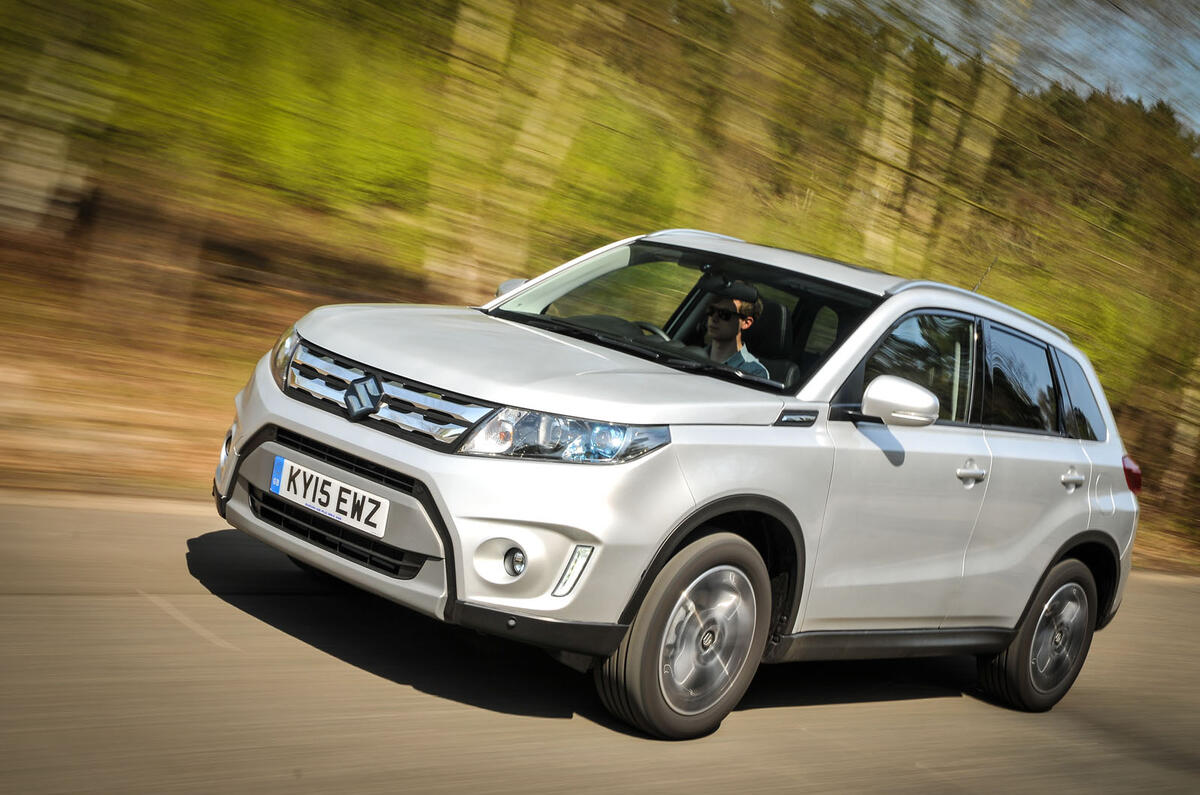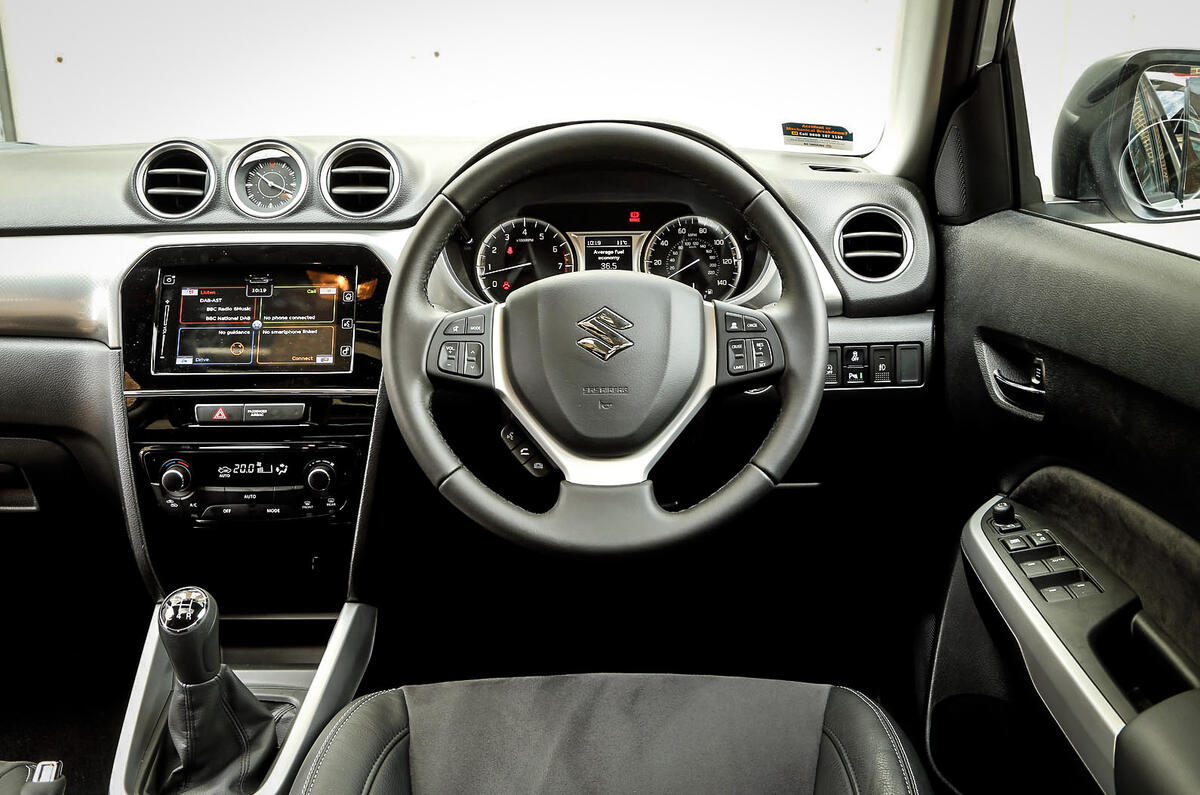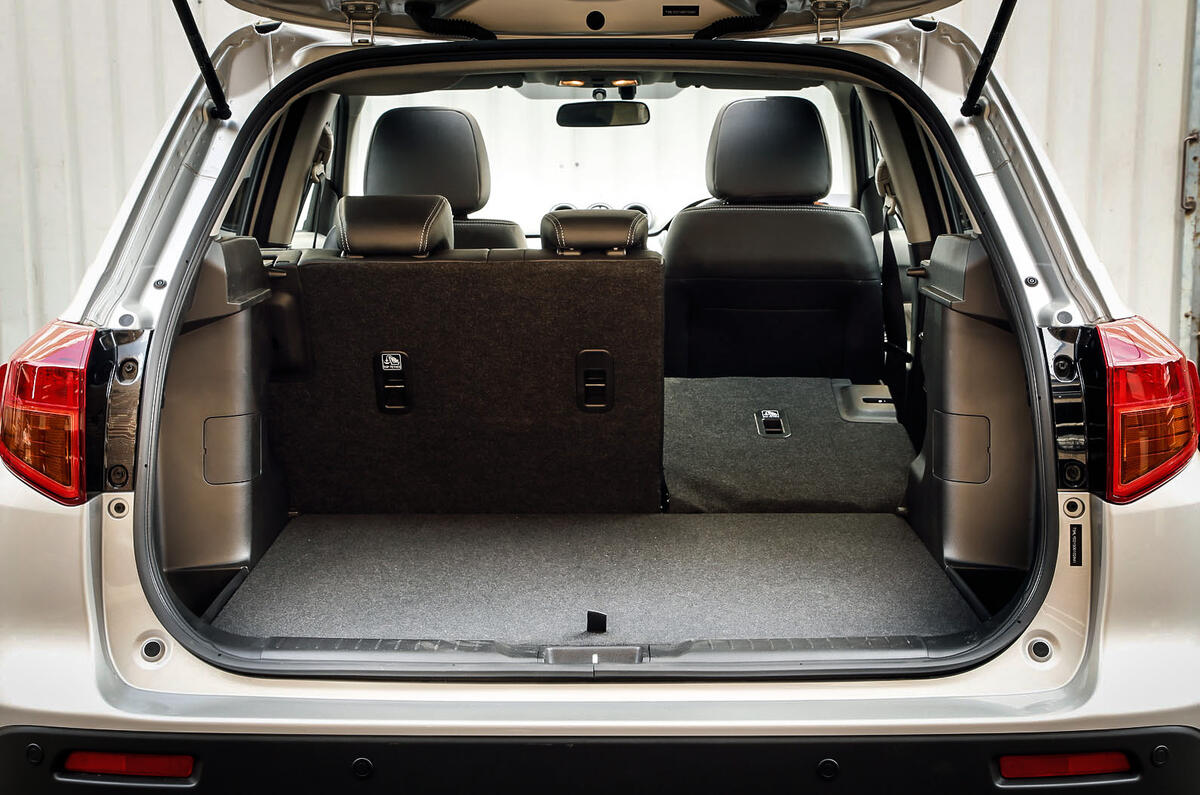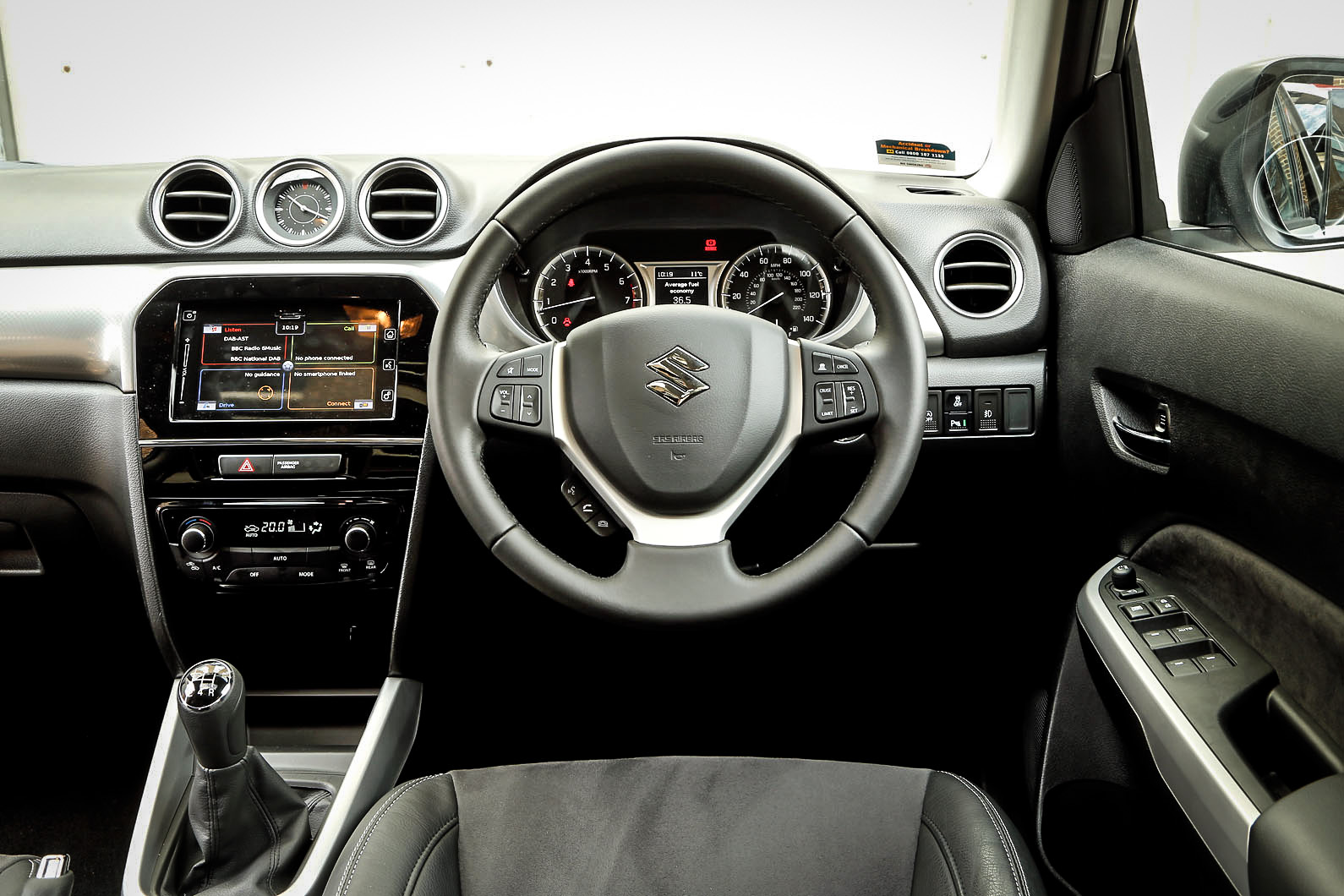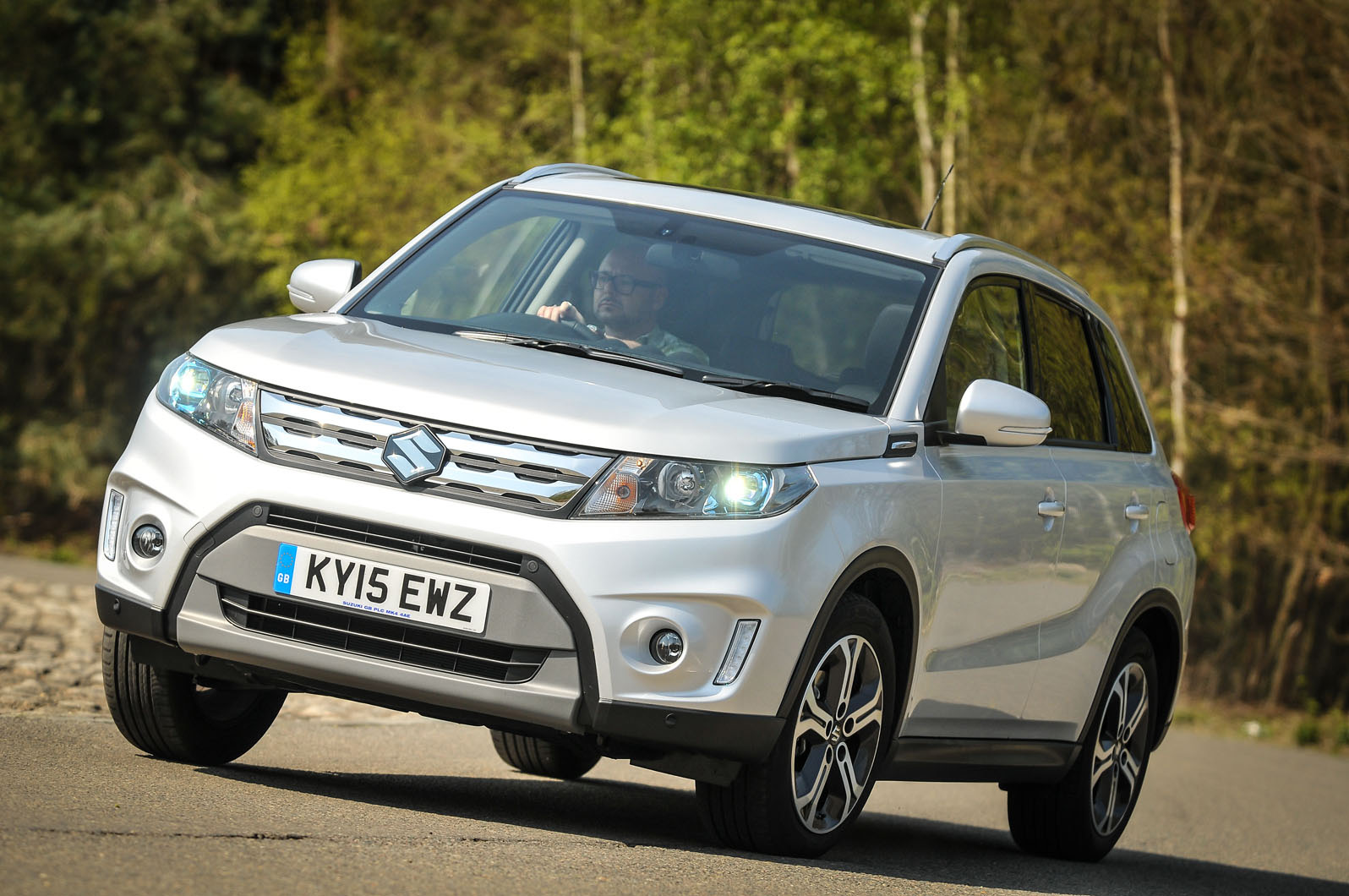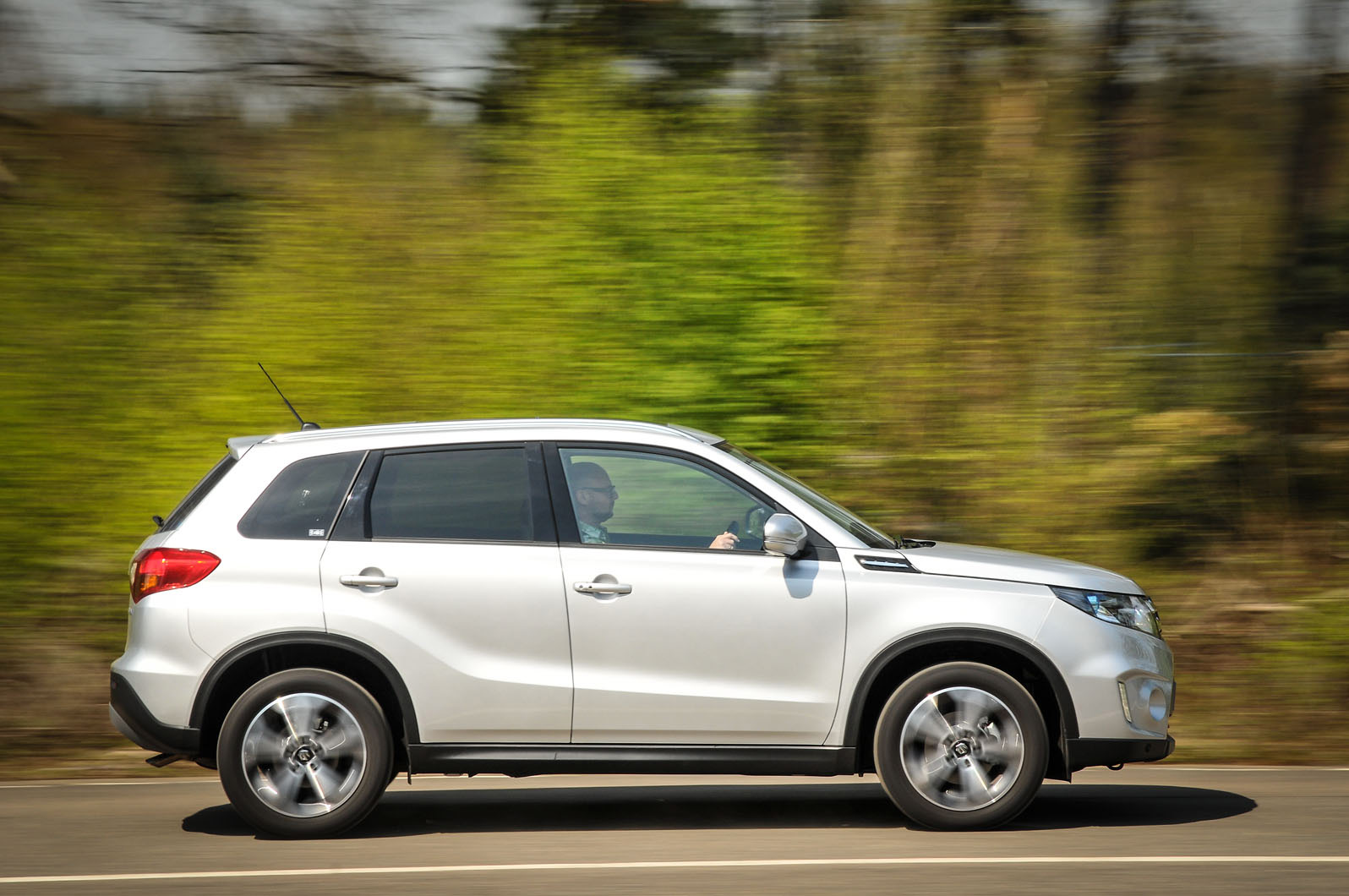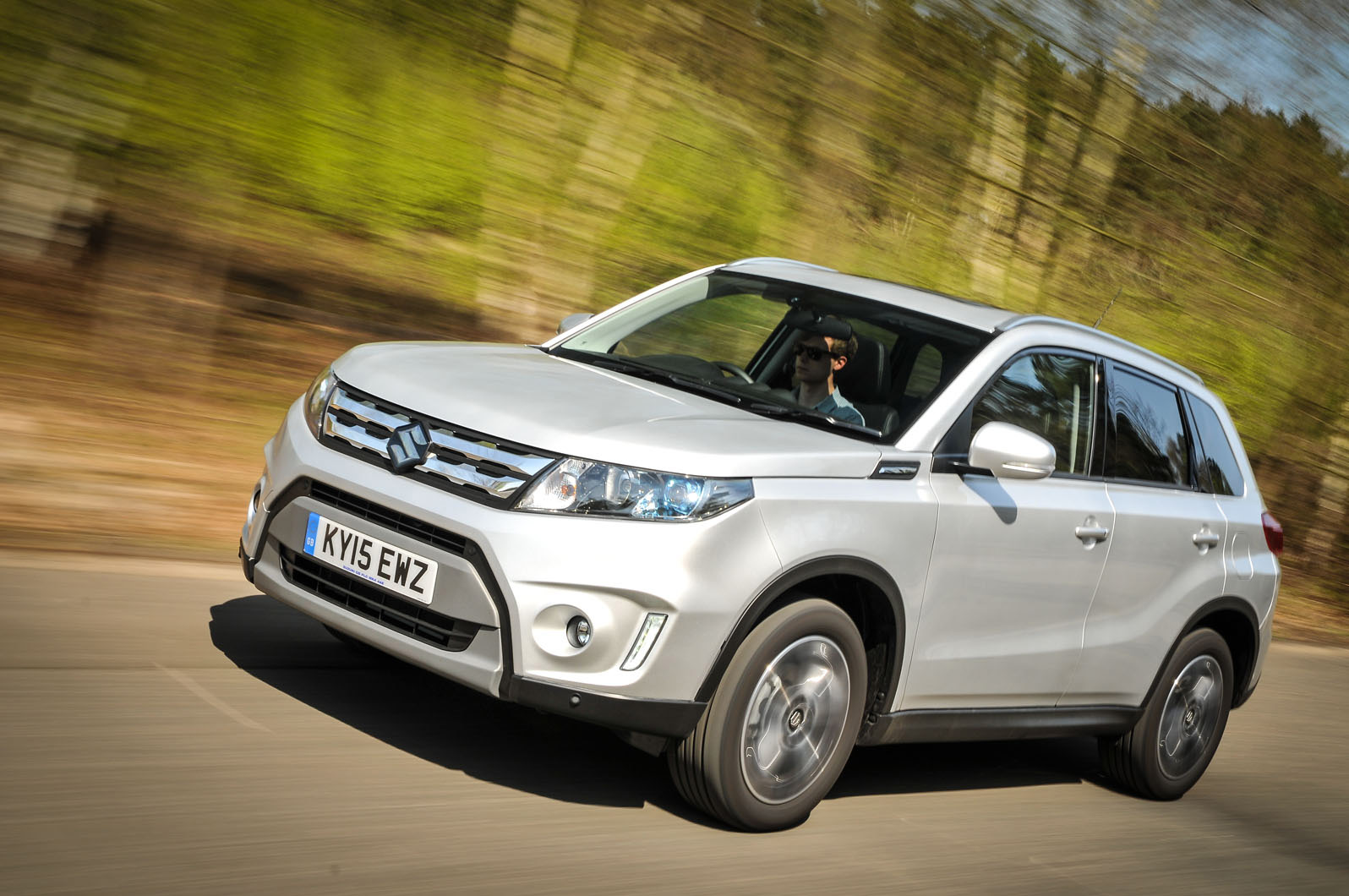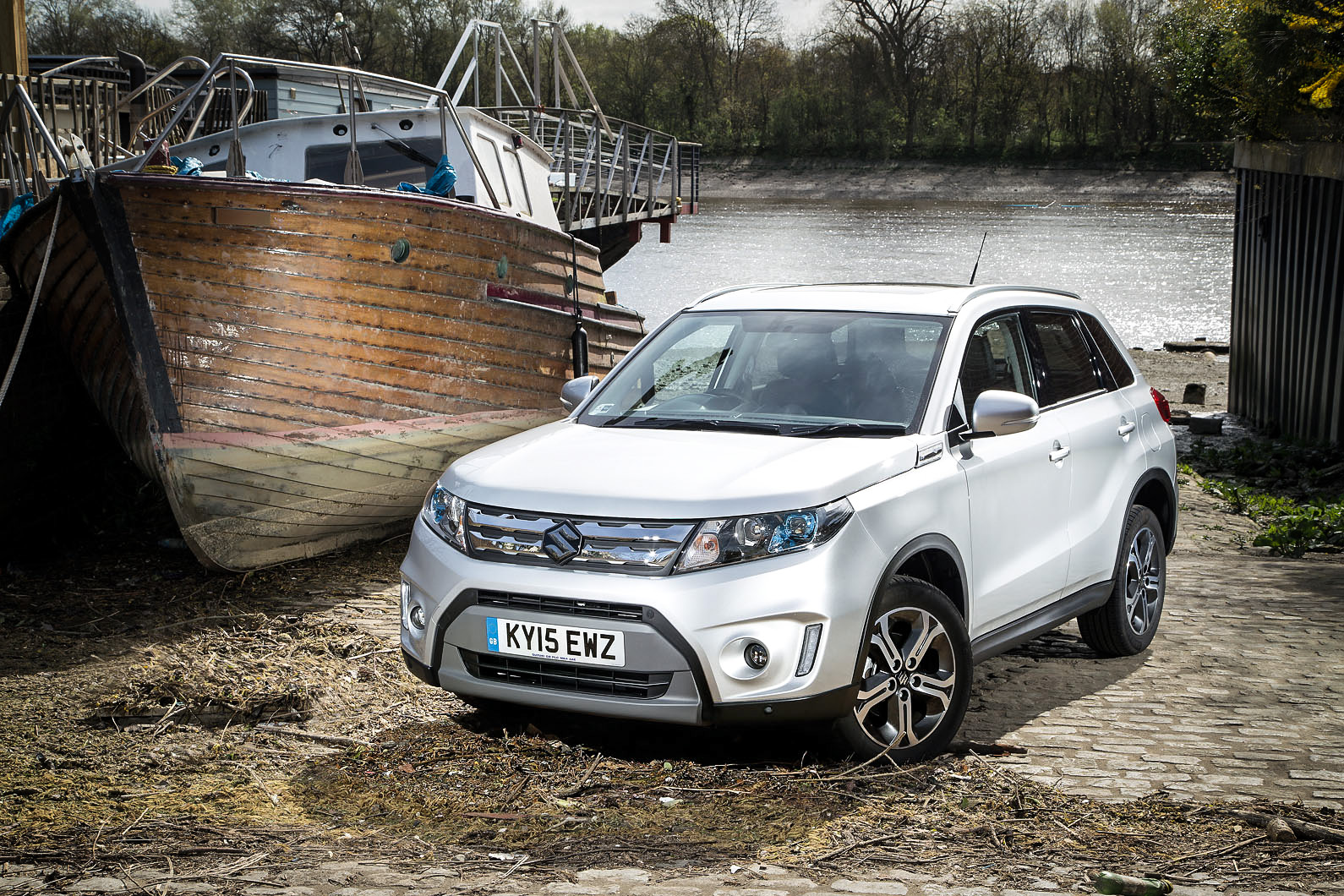This fascinating, ever changing, new car market of ours loves to confound and surprise. Its sands shift and class boundaries expand and contract all the time, somehow rarely leaving the car makers you expect to reap the benefit.
Suzuki is a case in point: The new Suzuki Vitara is from a maker with almost half a century of experience in making small 4x4, but Suzuki is only now getting around to taking a proper swing at the Skoda Yetis, Dacia Dusters and Vauxhall Mokkas of this world. Go figure. Suzuki’s entrant looks and sounds familiar but is different from any car wearing its nameplate before. Welcome, then, to the new Vitara.
This new-groove compact SUV is related by platform to the Suzuki SX4 S-Cross crossover launched in 2013. The sister cars are quite cleverly differentiated, though. Whereas the SX4’s ruggedness is like that of a pair of Gore-Tex running shoes, the Vitara’s is more of a hiking boot.
Upright, square-cornered and with plenty of air inside its wheelarches, the Vitara goes after the more high-rised, genuinely dual-purpose offerings among the new breed of supermini-based SUVs.
That said, anyone trading into this car from its nearest recent antecedent in Suzuki’s range – the three-door, sub-4.0-metre Suzuki Grand Vitara sold between 2005-2014 – may be in for something of a shock.
That predecessor was 1.7m tall and, with what Suzuki called a built-in ladder-frame chassis, approaching 1.5 tonnes in weight. It was an old-school 4x4 with a low-range transfer ’box and a 2.4-litre engine.



